
Большой лечебник древних знахарей
¥18.07
Чи уявляли ви колись ?себе ?деального?? А що зробили для того, щоб таким стати? Можливо, ви хот?ли присвятити час р?дним або прочитати фахову книжку, але вже п?втори години гра?те в ?гри на смартфон?. Давно мр?яли схуднути, але не можете встояти перед запахом т?стечок. Середовище пост?йно в?двол?ка? нас в?д мети так званими тригерами — ароматами, ?аджетами та ?ншими др?бницями. Як ?перемкнутися? з? спокуси на бажану д?ю, а пот?м перетворити це в звичку, розпов?сть автор книжки Маршалл ?олдсм?т.
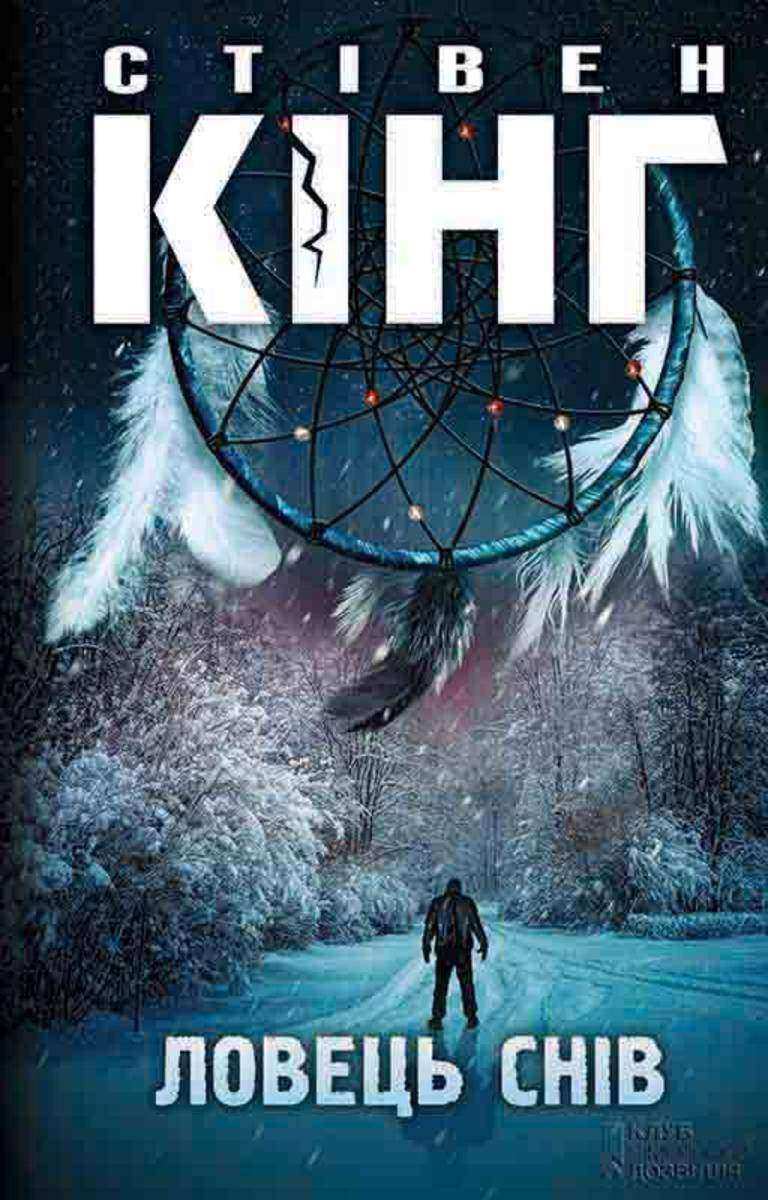
Ловець сн?в (Lovec' sn?v)
¥27.06
Що в?дбува?ться, коли ми стика?мося з чимось нев?домим та суперечливим? Чому прагнемо за будь-яких умов уникнути плутанини ? знайти однозначну в?дпов?дь? У книз? Джейм? Голмза по-новому осмислено роль неоднозначност? в нашому житт?, розглянуто, як р?зн? обставини посилюють нашу потребу в завершеност?. Автор поясню?, як ми осяга?мо св?т, пережива?мо напружен? житт?в? кол?з?? ? як це вплива? на наш? р?шення. У ситуац?ях, як? кидають нам виклик, неоднозначн?сть може допомогти нам розвинути в соб? винах?длив?сть ? досягти усп?ху.???Нонсенс? – свого роду спроба пояснити, як ми п?зна?мо св?т й прийма?мо р?шення. Автор не обмежу?ться загальною теор??ю, а на конкретних прикладах розгляда?, як? небезпеки приховують невизначен?сть ? неоднозначн?сть, та як можна використати ?х соб? на користь.??

Шпигунськ? та?мниц?. Як захистити сво? життя
¥33.03
Jedan od najboljih psihoterapeuta i pisaca Jorge Bucay u knjizi 20 koraka prema naprijed iznova pokazuje da su velike mudrosti jednostavne, ali i da ih moramo prije svega otkriti u samima sebi. O ?injenicama koje nas ?ine boljima, otvorenijima i sretnijima Bucay pi?e tako da ?itatelj shvati da ih mora prona?i u sebi i za sebe. U svakom koraku nalazi se i poneka pri?a koja plasti?no ocrtava ?to taj korak za nas kao pojedinca zna?i. Bucay ne pi?e naputke za samopomo?, on ne daje recept za sre?u i uspjeh, nego kao vrhunski ge?talter tra?i od ?itatelja da se aktivno uklju?i, da sam bude taj koji ?e pred sobom otvoriti vrata, prije?i put ?ivota i odlu?iti kako ?e taj put izgledati. 20 koraka prema naprijed po?etak je putovanja prema boljem, sigurnijem i sretnijem ja, prema shva?anju svojih potreba i ?elja. U 20 koraka prema naprijed Jorge Bucay postavlja smjerokaze, a svoj put svatko treba prona?i sam.

Сто рок?в боротьби
¥0.01
Esta publica??o é eminentemente didática e útil aos vários profissionais da área da saúde. A obra está organizada em duas partes. A primeira, dedicada à teoria da Psicologia da Saúde, visa dar ao leitor um panorama geral dos aspectos que embasam a compreens?o da Segunda parte do livro voltada aos trabalhos de pesquisa desenvolvidos pelos pesquisadores da Psicologia da Saúde, aqui reunidos.

Yoga: The Essential Positions
¥65.32
The practice of yoga improves flexibility, strength and balance, reduces stress and anxiety, increases energy and decreases fatigue, as well as facilitating the flow of prana (vital energy) and helping balance the koshas (sheaths) of the physical and metaphysical body. Yoga features 90 poses in beautiful pen and ink line drawings. Accompanying the image of the pose are both its Sanskrit and English names and a brief description of how to achieve the pose correctly, the precise meaning of its name and how it benefits the body.? With each position exquisitely illustrated and written by an experienced yoga teacher, Yoga is a must-have for beginners and dedicated yoga enthusiasts alike.
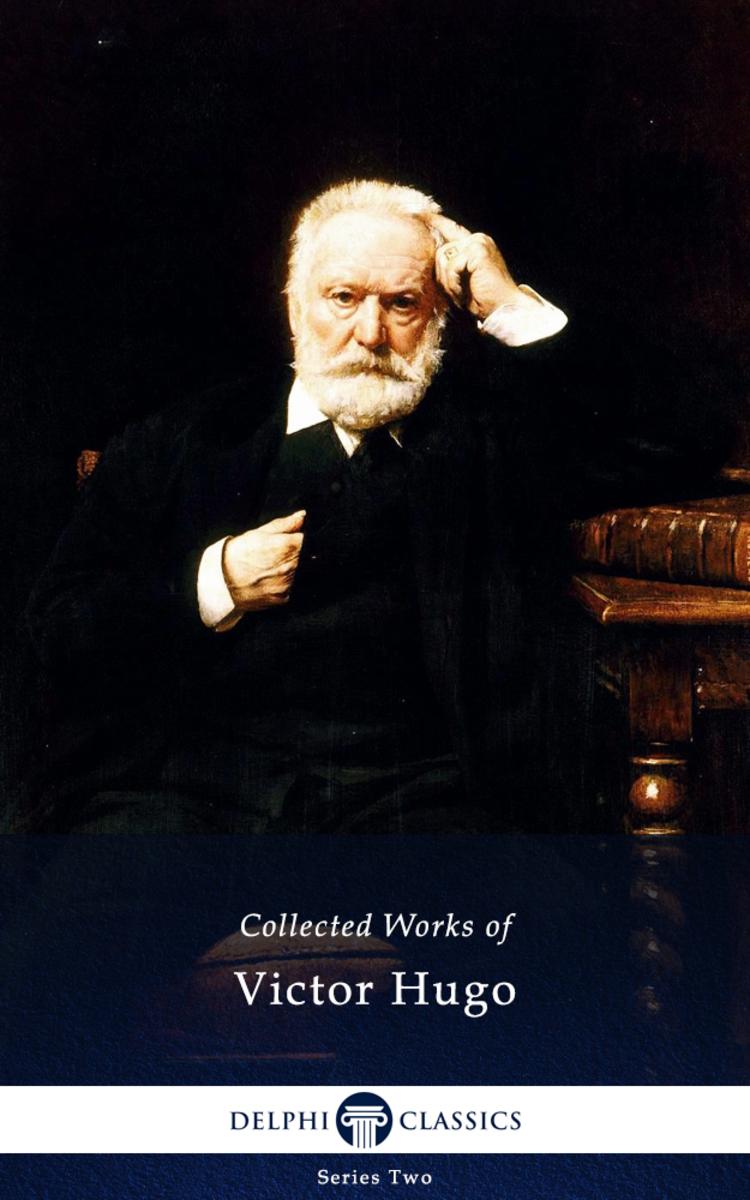
Delphi Complete Works of Victor Hugo (Illustrated)
¥24.44
Victor Hugo, the greatest Romantic writer of them all, is finally available in Delphi’s bestselling range of titles. This monumental eBook offers readers the most complete collection ever compiled of Hugo’s FICTIONAL works in English translation, with many bonus texts. (Version 2) * concise introductions to the novels and other works * images of how the novels first appeared, giving your eReader a taste of the original texts * ALL 9 novels in English, each with contents tables * many of the novels are fully-illustrated with their original artwork * includes BUG-JARGAL – Hugo’s first novel, which he wrote after a wager – first time in digital print! * for the first time, all novels are presented with their French versions – sample the true brilliance of Hugo’s original text, in between reading the English translations * features a large sample of English translations of poetry * BONUS selection of six Non-Fiction texts * boasts a special literary criticism section, with works by famous writers such as Dickens, Robert Louis Stevenson and Henry James, examining Hugo’s contribution to literature * includes Hugo’s Memoirs – explore the great writer’s private notebooks! * ALSO includes G. Barnett Smith’s famous biography – immerse yourself in Hugo’s literary life! * packed full of images relating to Hugo’s life, works, places and film adaptations * scholarly ordering of texts in chronological order and literary genres, allowing easy navigation around Hugo’s immense oeuvre Please note: an actual complete works of Victor Hugo in English is not possible due to copyright restrictions, scarce plays and some works having never been translated. However, we do ensure our customers that every possible major text is included. Please visit www.delphiclassics.com to browse through our range of exciting titles CONTENTS: The Novels BUG-JARGAL HANS OF ICELAND THE LAST DAY OF A CONDEMNED MAN THE HUNCHBACK OF NOTRE-DAME CLAUDE GUEUX LES MIS?RABLES TOILERS OF THE SEA THE MAN WHO LAUGHS NINETY-THREE The Novels in French The Poetry POEMS IN TRANSLATION ODES ET BALLADES LES ORIENTALES LES FEUILLES D’AUTOMNE LES CHANTS DU CREPUSCULE LES VOIX INT?RIEURES LES RAYONS ET LES OMBRES LES CHATIMENTS LES CONTEMPLATIONS LA L?GENDE DES SI?CLES: PREMIERE SERIE LES CHANSONS DES RUES ET DES BOIS LA VOIX DE GUERNESEY L’ANNEE TERRIBLE L’ART D’ETRE GRAND-PERE LA L?GENDE DES SI?CLES: NOUVELLE SERIE LE PAPE LA PITIE SUPREME L’?NE RELIGIONS ET RELIGION LES QUATRE VENTS DE L’ESPRIT LA L?GENDE DES SI?CLES: DERNIERE SERIE LA FIN DE SATAN TOUTE LA LYRE DIEU LES ANN?ES FUNESTES DERNIERE GERBE PO?MES UNCOLLECTED The Plays (in French) CROMWELL THE BURGRAVES HERNANI LUCR?CE BORGIA MARIE TUDOR RUY BLAS Selected Non-Fiction NAPOLEON THE LITTLE EXTRACTS FROM HUGO’S ESSAY ON SHAKESPEARE LETTER TO THE LONDON NEWS REGARDING JOHN BROWN ON CAPITAL PUNISHMENT EXTRACTS FROM SATIRISTS AND MORALISTS THE HISTORY OF A CRIME The Criticism VICTOR HUGO BY JOHN COWPER POWYS LETTER ON HUGO BY CHARLES DICKENS VICTOR HUGO’S LAST NOVEL BY HENRY JAMES THE LEGEND OF VICTOR HUGO BY PAUL LAFARGUE VICTOR HUGO’S ROMANCES BY ROBERT LOUIS STEVENSON TO VICTOR HUGO BY ALFRED TENNYSON The Biographies THE MEMOIRS OF VICTOR HUGO VICTOR HUGO: HIS LIFE AND WORK BY G. BARNETT SMITH Please visit www.delphiclassics.com to browse through our range of exciting titles
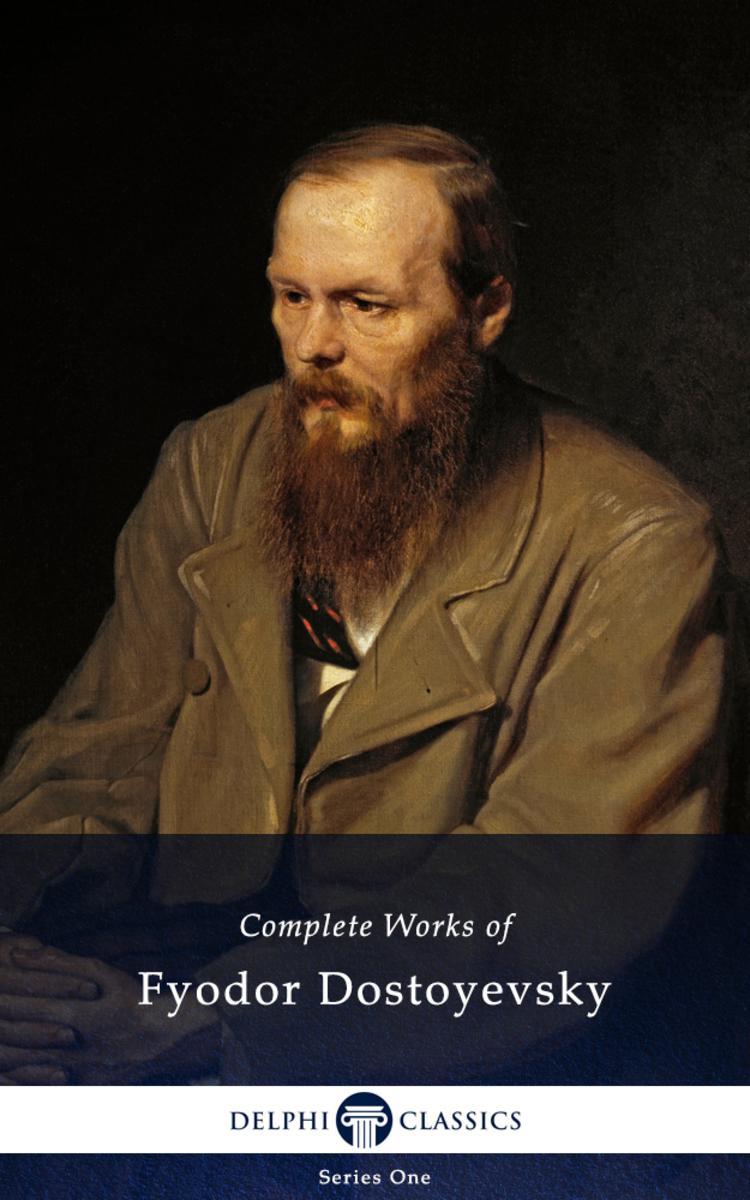
Delphi Complete Works of Fyodor Dostoyevsky (Illustrated)
¥24.44
Widely regarded as one of the greatest psychologists in world literature, Fyodor Dostoyevsky crafted unique literary works that explored the psychology of the troubled political, social and spiritual atmosphere of nineteenth century Russia. This comprehensive eBook presents the complete works of Dostoyevsky, with numerous illustrations, rare texts appearing in digital print for the first time, informative introductions and the usual Delphi bonus material. (Version 9) * Beautifully illustrated with images relating to Dostoyevsky’s life and works * Concise introductions to the novels and other texts * ALL 15 novels, with individual contents tables * Images of how the books were first printed, giving your eReader a taste of the original texts * Excellent formatting of the texts * 20 short stories, with rare tales available in no other collection * Easily locate the short stories you want to read * Includes Dostoyevsky’s journal and letters – spend hours exploring the author’s personal correspondence * Special criticism section, with essays evaluating Dostoyevsky’s contribution to literature * Scholarly ordering of texts into chronological order and literary genres * UPDATED with corrected texts, new images and introductions Please visit www.delphiclassics.com to browse through our range of exciting titles CONTENTS: The Novels POOR FOLK THE DOUBLE NETOCHKA NEZVANOVA UNCLE’S DREAM THE VILLAGE OF STEPANCHIKOVO THE INSULTED AND HUMILIATED THE HOUSE OF THE DEAD NOTES FROM UNDERGROUND CRIME AND PUNISHMENT THE GAMBLER THE IDIOT THE PERMANENT HUSBAND THE POSSESSED THE RAW YOUTH THE BROTHERS KARAMAZOV The Short Stories MR. PROHARTCHIN THE CHRISTMAS TREE AND THE WEDDING THE HEAVENLY CHRISTMAS TREE THE CROCODILE BOBOK A GENTLE SPIRIT THE DREAM OF A RIDICULOUS MAN THE PEASANT MAREY THE LITTLE ORPHAN A WEAK HEART WHITE NIGHTS THE MEEK GIRL POLZUNKOV A LITTLE HERO THE HONEST THIEF A NOVEL IN NINE LETTERS THE LANDLADY AN UNPLEASANT PREDICAMENT ANOTHER MAN’S WIFE THE GRAND INQUISITOR The Non-Fiction DOSTOYEVSKY’S JOURNAL LETTERS OF FYODOR MICHAILOVITCH DOSTOYEVSKY TO HIS FAMILY AND FRIENDS The Criticism ON RUSSIAN NOVELISTS by William Lyon Phelps RUSSIAN ROMANCE by Earl of Evelyn Baring Cromer A SURVEY OF RUSSIAN LITERATURE by Isabel Florence Hapgood Extract from ‘AN OUTLINE OF RUSSIAN LITERATURE’ by Maurice Baring THREE ESSAYS ON DOSTOYEVSKY by Virginia Woolf Please visit www.delphiclassics.com to browse through our range of exciting titles
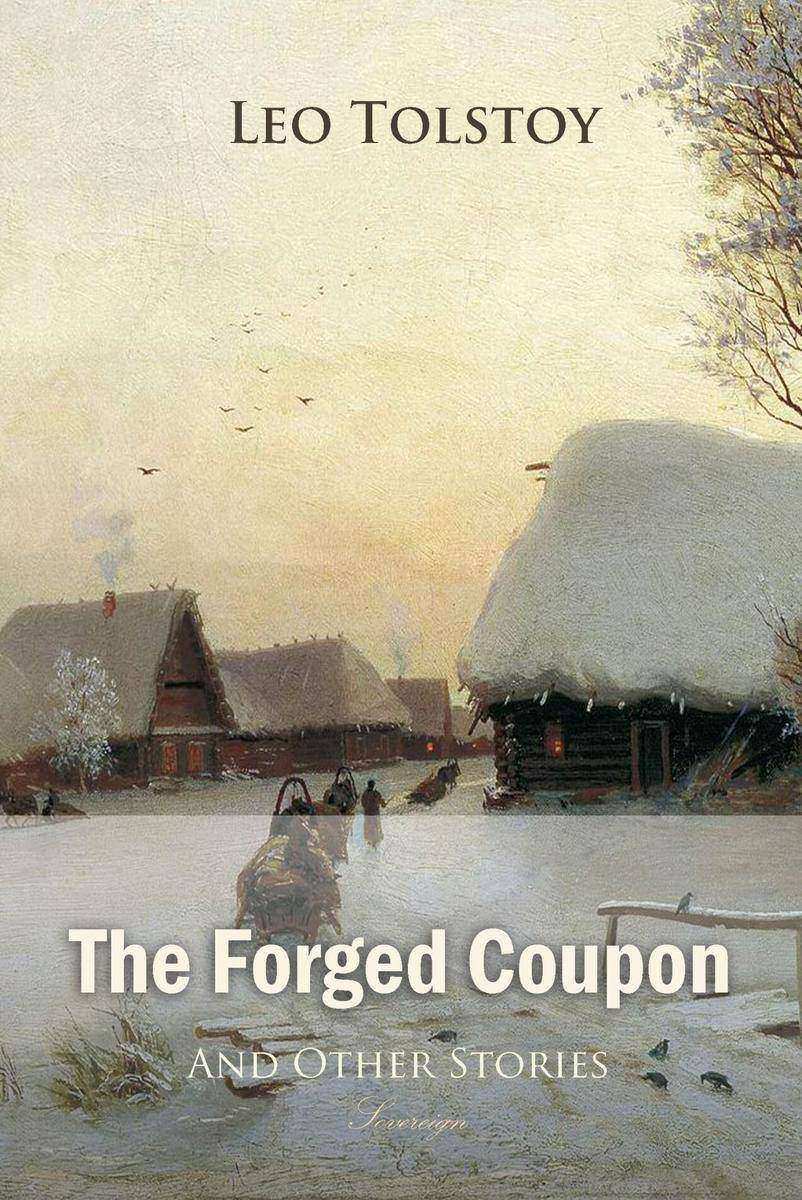
The Forged Coupon, and Other Stories
¥40.79
Schoolboy Mitya is in desperate need of money to repay a debt, but his father angrily denies him assistance. Dejected, under the instigation of a friend Makhin, Mitya simply changes a 2.50 note to read 12.50, but this one evil deed sets off a chain of events that affects the lives of dozens of others, when his one falsehood indirectly causes a man to murder a woman.
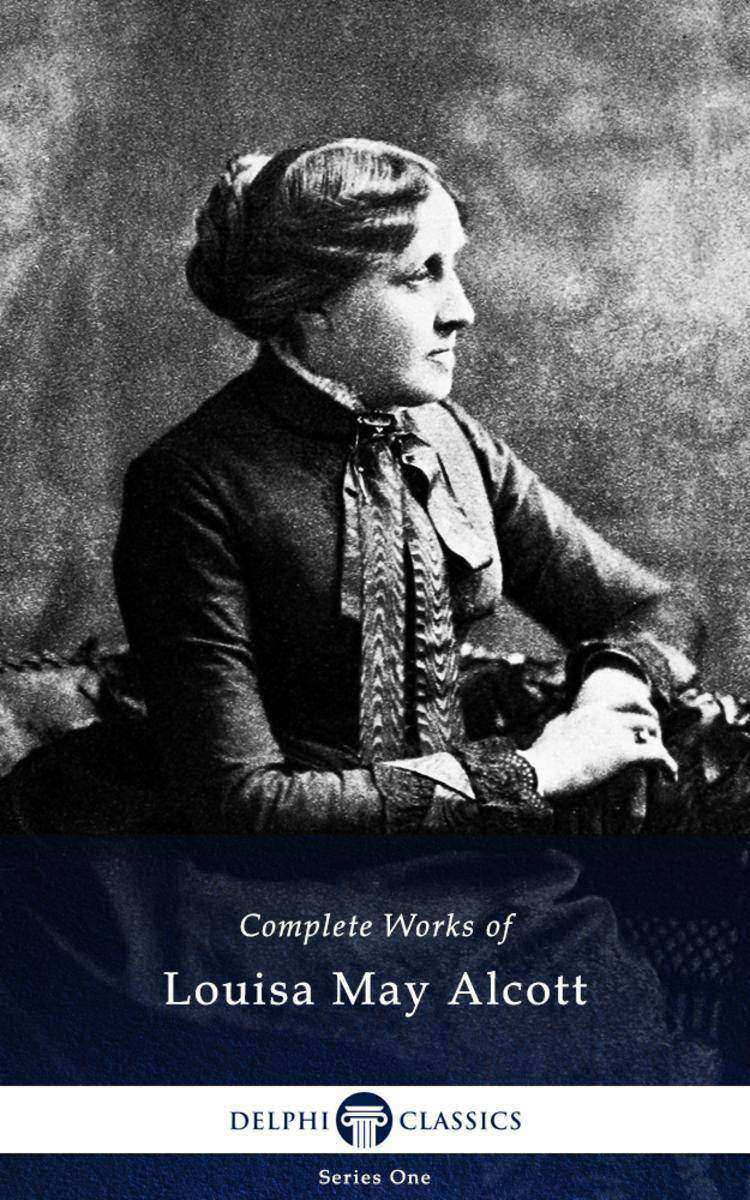
Delphi Complete Works of Louisa May Alcott (Illustrated)
¥24.44
Louisa May Alcott’s charming tales of ‘Little Women’ have delighted readers across the world since their 1868 publication, but she was also an author of sensational thrillers, humorous plays and perceptive poetry. For the first time in publishing history, this comprehensive eBook presents the complete works of Louis May Alcott, with numerous illustrations, rare texts appearing in digital print for the first time, informative introductions and the usual Delphi bonus material. (Version 3) * Beautifully illustrated with images relating to Alcott’s life and works * Concise introductions to the novels and other texts * ALL 12 novels published under Alcott’s name, with individual contents tables * Images of how the books were first printed, giving your eReader a taste of the original texts * Excellent formatting of the texts * Famous works such as LITTLE WOMEN are fully illustrated with their original artwork * Special chronological and alphabetical contents tables for the poetry and the short stories * Easily locate the poems or short stories you want to read * Includes Alcott’s letters – spend hours exploring the author’s personal correspondence * Includes many rare sensation thrillers that Alcott wrote under the pen name A. M. Barnard, appearing here for the first time in digital print * Also includes Alcott’s complete poems for the first time in digital publishing * Rare non-fiction works, including Alcott’s memoir HOW I WENT OUT TO SERVICE * Features the bonus biography by Alcott enthusiast Ednah D. Cheney – discover Alcott’s literary life * Scholarly ordering of texts into chronological order and literary genres * UPDATED with completely revised texts, rare poems and stories and many improvements. Please note: the two obscure novels A LONG FATAL LOVE CHASE and THE INHERITANCE are still held under copyright and cannot appear in this collection. When they enter the public domain they will be added to the collection as a free update. Please visit www.delphiclassics.com to browse through our range of exciting titles CONTENTS: The Little Women Series The Novels MOODS LITTLE WOMEN GOOD WIVES AN OLD-FASHIONED GIRL LITTLE MEN WORK: A STORY OF EXPERIENCE EIGHT COUSINS ROSE IN BLOOM A MODERN MEPHISTOPHELES UNDER THE LILACS JACK AND JILL JO’S BOYS The Short Story Collections FLOWER FABLES THE RIVAL PAINTERS HOSPITAL SKETCHES ON PICKET DUTY AND OTHER TALES MORNING-GLORIES, AND OTHER STORIES WILL’S WONDER BOOK AUNT JO’S SCRAP-BAG SERIES 1-6 PROVERB STORIES; OR, KITTY’S CLASS DAY AND OTHER STORIES SPINNING-WHEEL STORIES LULU’S LIBRARY SERIES 1-3 SILVER PITCHERS: AND INDEPENDENCE A GARLAND FOR GIRLS THE CANDY COUNTRY THE ‘A. M. BARNARD’ THRILLERS The Short Stories LIST OF SHORT STORIES IN CHRONOLOGICAL ORDER LIST OF SHORT STORIES IN ALPHABETICAL ORDER The Plays COMIC TRAGEDIES The Poetry LIST OF POEMS IN CHRONOLOGICAL ORDER LIST OF POEMS IN ALPHABETICAL ORDER The Non-Fiction HOW I WENT OUT TO SERVICE LITTLE WOMEN LETTERS FROM THE HOUSE OF ALCOTT The Biography LOUISA MAY ALCOTT: HER LIFE, LETTERS AND JOURNALS by Ednah D. Cheney Please visit www.delphiclassics.com to browse through our range of exciting titles
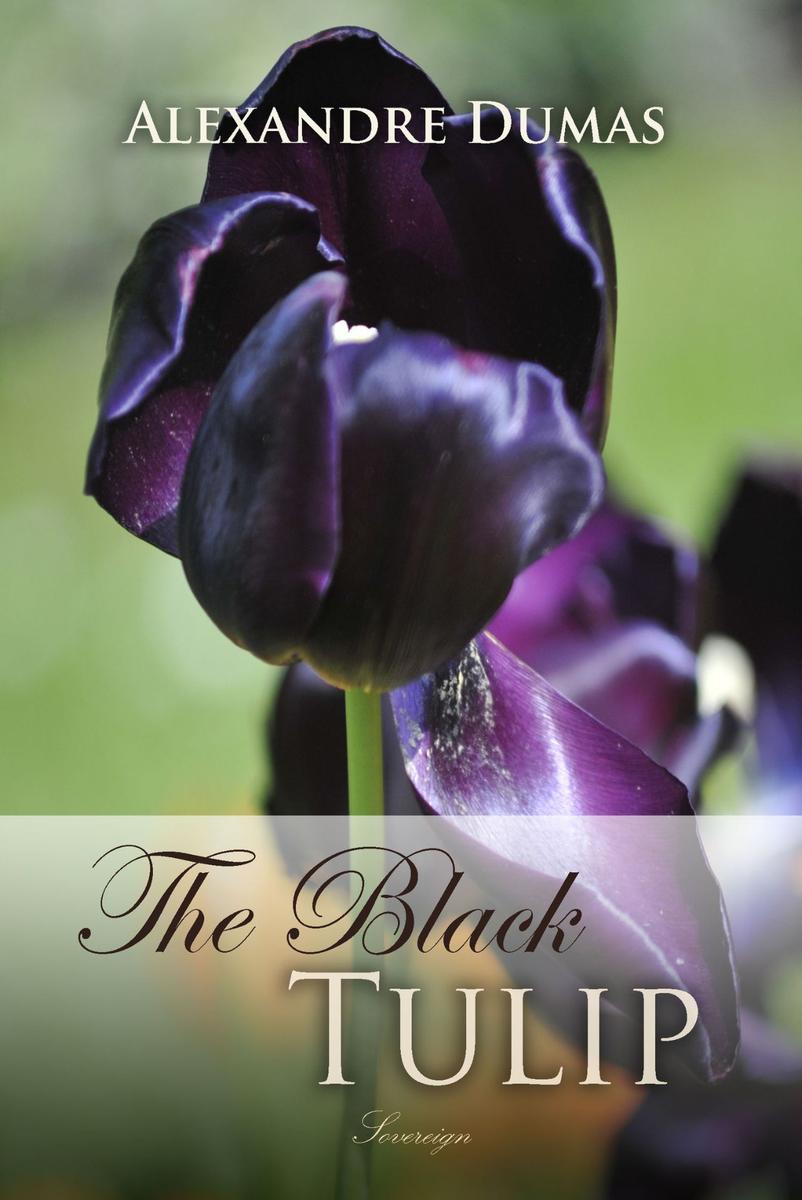
The Black Tulip
¥40.79
The city of Haarlem, Netherlands, has set a huge prize to the person who can grow a black tulip, sparking competition between the country's best gardeners to win the money, honour and fame. Only the city's oldest citizens remember the Tulip Mania thirty years prior, and the citizens throw themselves into the competition. The young and bourgeois Cornelius van Baerle has almost succeeded but is suddenly thrown into the Loevestein prison. There he meets the prison guard's beautiful daughter Rosa, who will be his comfort and help, and eventually become his rescuer.

Oeuvres complètes de Gustave Flaubert
¥16.27
Cet eBook énorme offre aux lecteurs l'occasion unique d'explorer des ?uvres de Gustave Flaubert en fran?ais.Caractéristiques:* Tous les romans, chacun avec une table des matières* Illustré avec de nombreuses images relatives à la vie de Flaubert et ses oeuvres* Toutes les nouvelles* Introduction concise aux romans, nouvelles et la poésie* Romans rares disponibles nulle part ailleurs* La poésie en prose LA TENTATION DE SAINT ANTOINE* Images des première publications donnant un avant go?t des textes originaux* Comprend aussi des pièces de thé?tre* le texte bonus FLAUBERT par ?mile Faguet - la première biographie sur Flaubert - explorez sa vie incroyable!* Mis à jour avec le texte rare LE SEXE FAIBLETABLE DES MATIERES:Les RomansMEMOIRES D'UN FOUMADAME BOVARYSALAMMB?L'?DUCATION SENTIMENTALEBOUVARD ET P?CUCHETLes Nouvelles?UVRES DE JEUNESSETROIS CONTESPoésieLA TENTATION DE SAINT ANTOINELes Pièces de thé?treLE CANDIDATLE CHATEAU DES C?URSLE SEXE FAIBLELes Ecrits de VoyagePAR LES CHAMPS ET PAR LES GREVESNOTES DE VOYAGEOeuvres de Non-FictionPENS?ES DE GUSTAVE FLAUBERTDICTIONNAIRE DES IDEES RE?UESBiographieFLAUBERT PAR ?MILE FAGUET
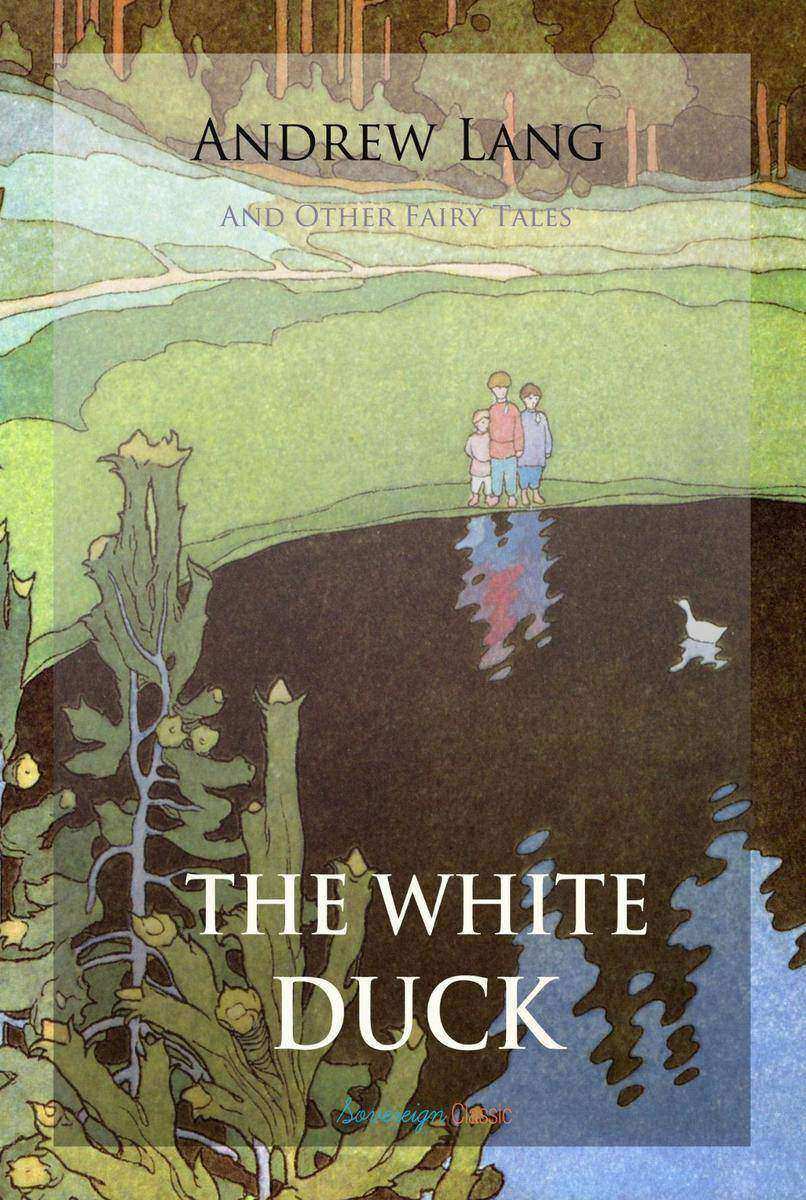
The White Duck and Other Fairy Tales
¥40.79
Once upon a time a great and powerful King married a lovely Princess. No couple were ever so happy; but before their honeymoon was over they were forced to part, for the King had to go on a warlike expedition to a far country, and leave his young wife alone at home. Bitter were the tears she shed, while her husband sought in vain to soothe her with words of comfort and counsel, warning her, above all things, never to leave the castle...
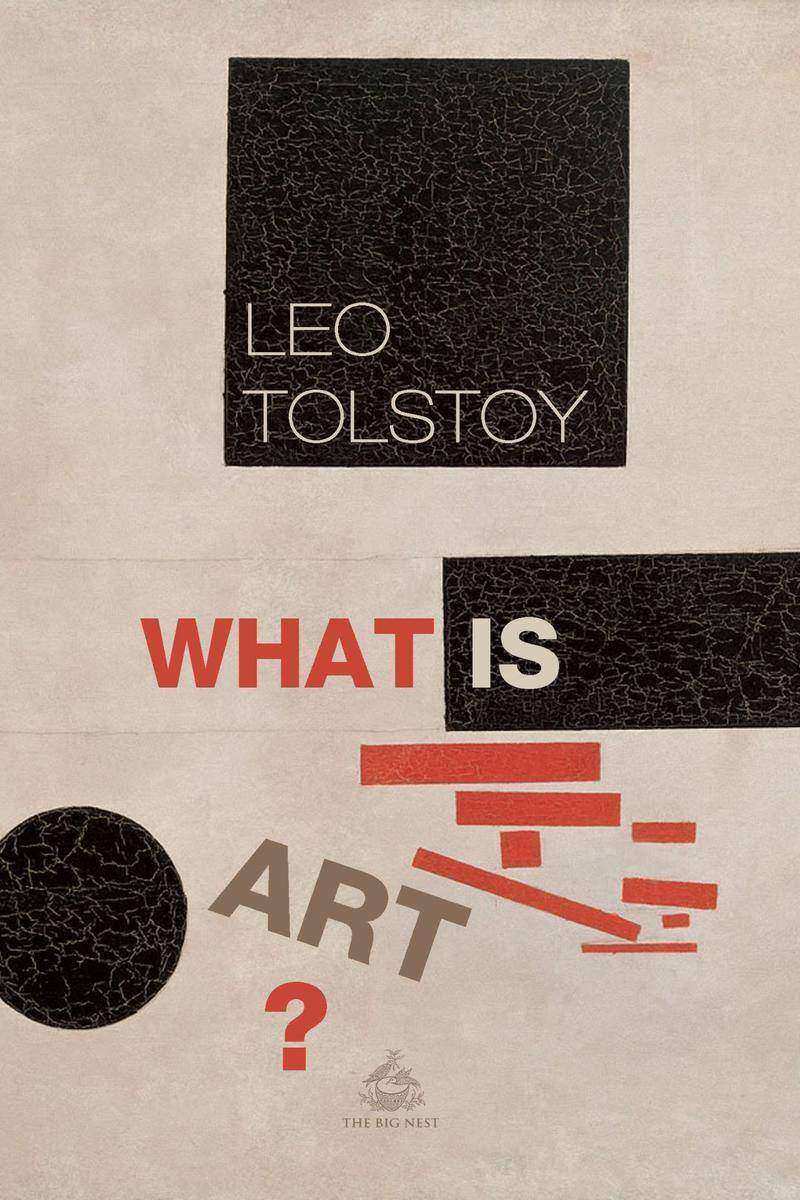
What Is Art?
¥40.79
Tolstoy shares his views about the imprecision of general opinions on art, the time, effort, public funds, and public respect spent on art and artists. The difficulty of meaning in art, and especially what is good, useful art, art for the sake of which we might condone such sacrifices as are being offered at its shrine. So, what is art?
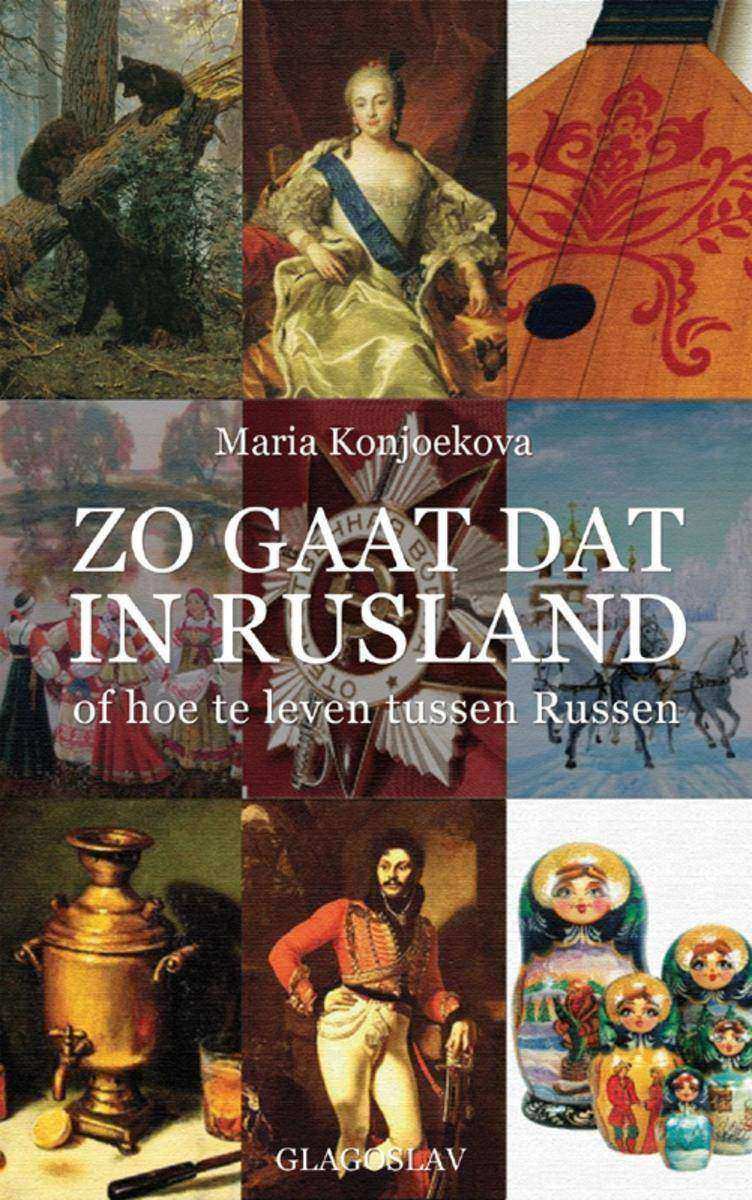
Zo Gaat Dat In Rusland: Of Hoe Te Leven Tussen Russen
¥90.03
Maria Konjoekova’s Zo gaat dat in Rusland, of hoe te leven tussen Russen is niet alleen een grappige, vol zelfspot geschreven handleiding voor het dagelijks leven in Rusland, het is ook een scherpzinnige en praktische gids voor het doorgronden van een land en van mensen die we vandaag de dag overal ter wereld kunnen tegenkomen. Waar komen onze meningen en vooroordelen eigenlijk vandaan? De schrijfster onderzoekt de culturele eigenaardigheden, waarvan het Russische leven doortrokken is, en geeft ook een verklaring voor de stortvloed aan ongebreidelde Russische emoties in alle mogelijke situaties. Zo rekent ze moeiteloos af met de vele misvattingen die er over de Russen bestaan en kweekt op humoristische wijze begrip voor hun, in Westerse ogen, soms onbegrijpelijke gedrag. Konjoekova wil met haar boek preken noch bekeren, ze beoogt daarentegen een brutaal, maar liefdevol inkijkje te geven in de Russische ziel. Eigenlijk is haar boek een minihandleiding voor de mens in het algemeen.
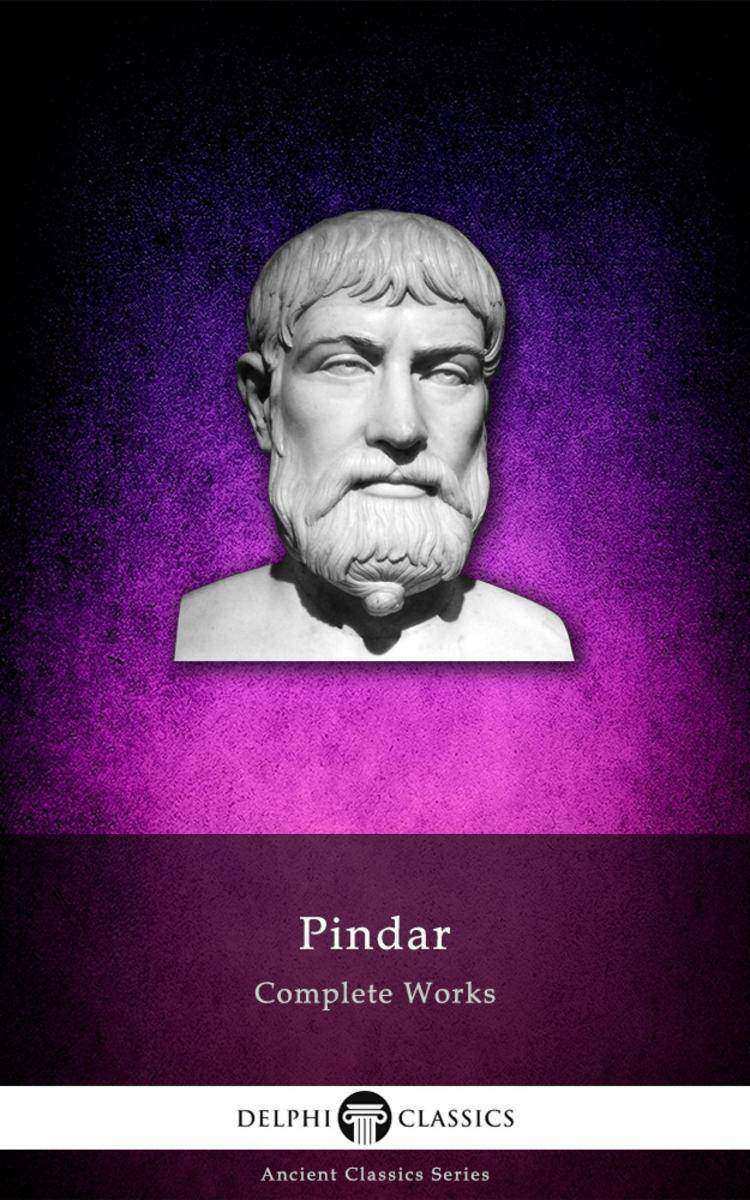
Delphi Complete Works of Pindar (Illustrated)
¥16.27
Pindar, the greatest of the Greek lyric poets, is renowned for his consummate and intricate verses, composed in celebration of victors at the Panhellenic festivals of the ancient world. The Ancient Classics series provides eReaders with the wisdom of the Classical world, with both English translations and the original Latin and Greek texts. This comprehensive eBook presents the complete extant works of Pindar, with beautiful illustrations, rare fragments, informative introductions and the usual Delphi bonus material. (Version 1) * Beautifully illustrated with images relating to Pindar's life and works * Features Pindar’s complete extant Victory odes, in both English translation (Myers) and the original Greek * Concise introduction to the poetry and other works * Includes translations previously appearing in Loeb Classical Library edition of Pindar * Excellent formatting of the texts * Easily locate the works you want to read with individual contents tables * Includes all of Pindar's rare fragments from the Loeb edition, first time in digital print * Features a bonus biography - discover Pindar's ancient world * Scholarly ordering of texts into chronological order and literary genres Please note: some Kindle software programs cannot display Greek characters correctly; however the characters do display correctly on Kindle devices. Please visit www.delphiclassics.com to browse through our range of exciting titles CONTENTS: The Translations PINDAR’S VICTORY ODES FRAGMENTS The Greek Texts LIST OF GREEK TEXTS The Biography THE LIFE OF PINDAR by Sir John Edwin Sandys Please visit www.delphiclassics.com to browse through our range of exciting titles

A Child's History of England
¥40.79
Charles Dickens wrote this book for his own children hoping to help them bye and bye, to read with interest larger and better books on the same subject. The history covers the period between 50 BC and 1689, ending with a chapter summarising events from then until the accession of Queen Victoria. The book is considered one of the finest English history texts.

Rilla of Ingleside
¥40.79
In the continuing story of Anne Shirley, this book draws the focus back onto a single character, Anne and Gilbert's youngest daughter Bertha Marilla "Rilla" Blythe. It has a more serious tone, as it takes place during World War I and the three Blythe boys—Jem, Walter, and Shirley—along with Rilla's sweetheart Ken Ford, and playmates Jerry Meredith and Carl Meredith—end up fighting in Europe with the Canadian Expeditionary Force. This book follows Anne from the age of 49 to 53.

Ασπρ?μαυρε? Μν?με?
¥52.65
Τα λιγοστ? αυτ? ποι?ματα, που συναρμολογ?θηκαν στη συλλογ? με τ?τλο ‘Ασπρ?μαυρε? Μν?με?’, αποτελο?ν μια ευα?σθητη κατ?θεση ψυχ?? και καρδι?? του Παν?κκου Β?ρωνο?. Ε?ναι ?να ξεχε?λισμα εκ βαθ?ων πηγα?ου συναισθ?ματο? και μν?μη? μαζ?, που πα?ρνει μορφ? κι αποτυπ?νεται αβ?αστα, ?πω? φτ?νει τι? σελ?δε? που το συγκρατο?ν και το σχηματ?ζουν. Ανεπιτ?δευτοι και λιτο? στ?χοι που ιστορο?ν νοσταλγικ? μια φορτισμ?νη, προσωπικ? εμπειρ?α, ?να νεανικ? ?ρωτα που ?φησε βαθι? τα χν?ρια του στην θ?μηση και σκ?ψη του ποιητ?, χωρ?? περισσ? κι αχρε?αστη επεξεργασ?α. Το ?ντονο μ?τρο και μια επαναληπτικ?, επ?μονη συχν? ομοιοκαταληξ?α, ομολογο?ν την ?μεση καταγωγ? του? απο τη μουσικ?. Κ?ποτε μοι?ζουν περισσ?τερο με στ?χου? για μελοπο?ηση. Οπω? ?λλωστε επιβεβαι?νει ο ?διο? στο πρ?λογ? του: “Μ?σα σ’ αυτ? το σκηνικ? γαλουχ?θηκε η δικι? μου γενι? και σ’ αυτ? το ?διο σκηνικ? διαδραματ?στηκε η μικρ? αυτ? ιστορ?α, που τραγουδ?νε οι στ?χοι που ακολουθο?ν”.
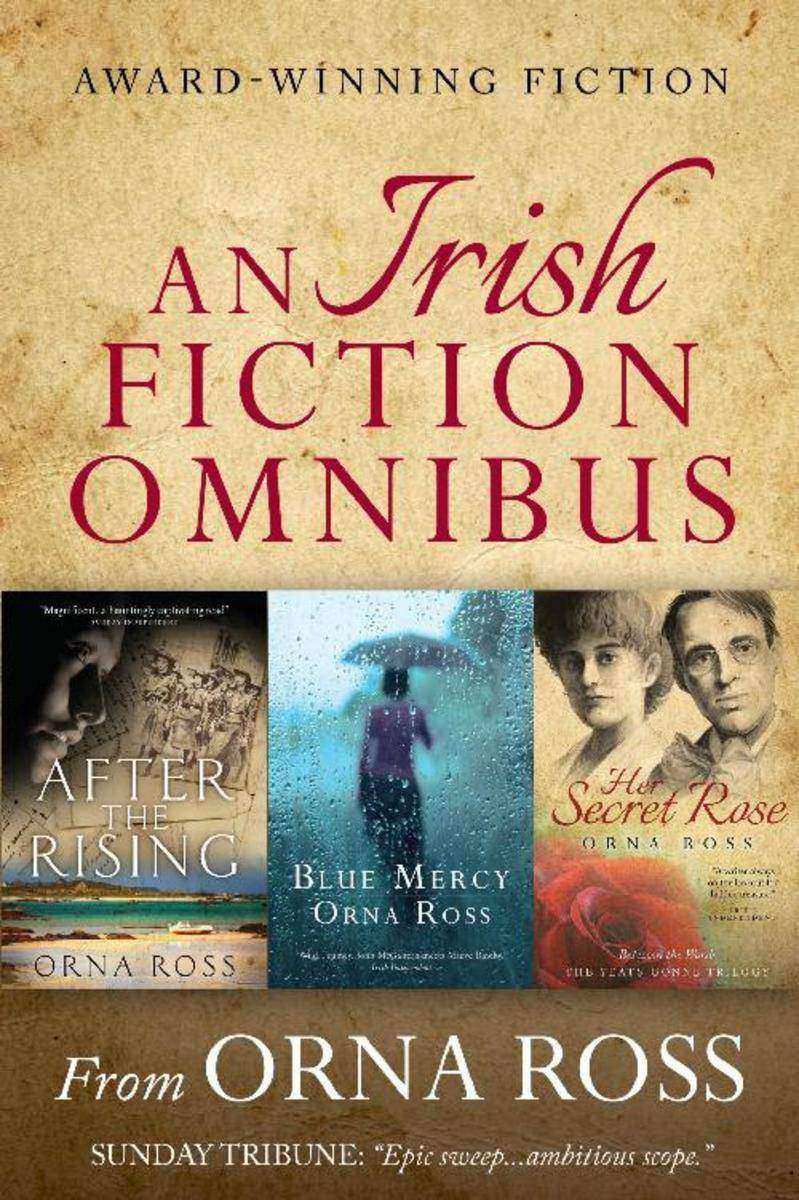
An Irish Fiction Omnibus
¥79.40
An Irish Fiction Omnibus is a collection of three bestselling novels from Orna Ross, perfect for fans of The Irish Heart series by Juliet Gauvin and An Irish Family Saga series by Jean Reinhardt. After the Rising, book one in The Irish Trilogy is a historical murder mystery of love, revenge and redemption. Twenty years ago, Jo Devereux fled Mucknamore, the small Irish village where she grew up, driven away by buried secrets and hatreds, swearing never to return Now she is back and wants to uncover the truth… What really happened between her family and their friends, the O’Donovans, during the Ireland’s bitter Civil War? The consequences of that bitter division in the 1920s carried down into Jo’s own life, shattering her relationship with Rory O’Donovan, the only man she ever loved, and driving her to leave Ireland. Now, Jo’s estranged mother has died, leaving her a suitcase full of letters and diaries that seem answer some questions about the past. Over the course of a long hot summer, Jo is astonished to read about her grandmother and great-aunt, their part in Ireland’s fight for freedom and the repercussions that echoed throughout their lives. She has learned how the passion of rebellion sweeps people up but what happens after the rising? Her Secret Rose is the first book in The Yeats-Gonne Trilogy, chronicling the passionate relationship between W.B. Yeats and Maud Gonne.? Willie Yeats was 23 years old in 1889, when Maud Gonne, six feet tall, elegantly beautiful and passionately political, came calling to his house and “the troubling of his life” began.? He spread his dreams under her feet, as they set about creating a new Ireland, through his poetry and her politics, and their shared interest in the occult. Packed with emotional twists and surprises, Her Secret Rose is a novel of secrets and intrigue, passion and politics, mystery and magic, that brings to life 1890s Dublin, London and Paris, two fascinating characters — and a charismatic love affair that altered the course of history for two nations. Blue Mercy is a literary family drama, with a murder at its heart, full of emotional twists and surprises. When Mercy Mulcahy was 40 years old, she was accused of killing her elderly and tyrannical father. Now, at the end of her life, she has written a book about what really happened on that fateful night of Christmas Eve, 1989. The tragic and beautiful Mercy has devoted her life to protecting Star, especially from the father whose behavior so blighted her own life. Yet Star vehemently resists reading her manuscript. Why? What is Mercy hiding? Was her father's death an assisted suicide? Or something more sinister? In this book, nothing is what it seems on the surface and everywhere there are emotional twists and surprises. Will you side with mother or daughter?

Night and Day
¥40.79
Set in Edwardian London, Night and Day contrasts the daily lives and romantic attachments of two acquaintances, Katharine Hilbery and Mary Datchet. The novel examines the relationships between love, marriage, happiness, and success. The sky and stars as well as river Thames serve as supporting characters throughout the book.

The Moonstone: A Romance
¥40.79
Rachel Verinder, a young English woman, inherits a large Indian diamond on her eighteenth birthday. It is a legacy from her uncle, a corrupt British army officer who served in India. The diamond is of great religious significance as well as being extremely valuable, and three Hindu priests have dedicated their lives to recovering it.




 购物车
购物车 个人中心
个人中心



